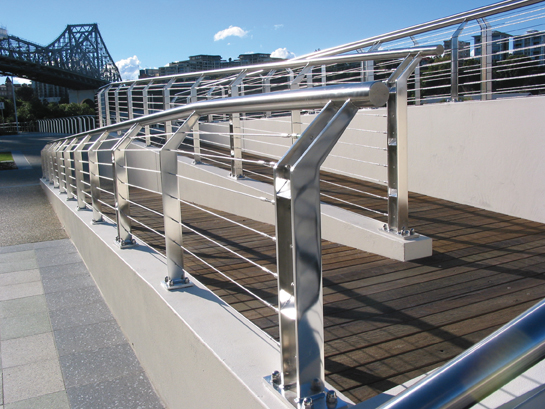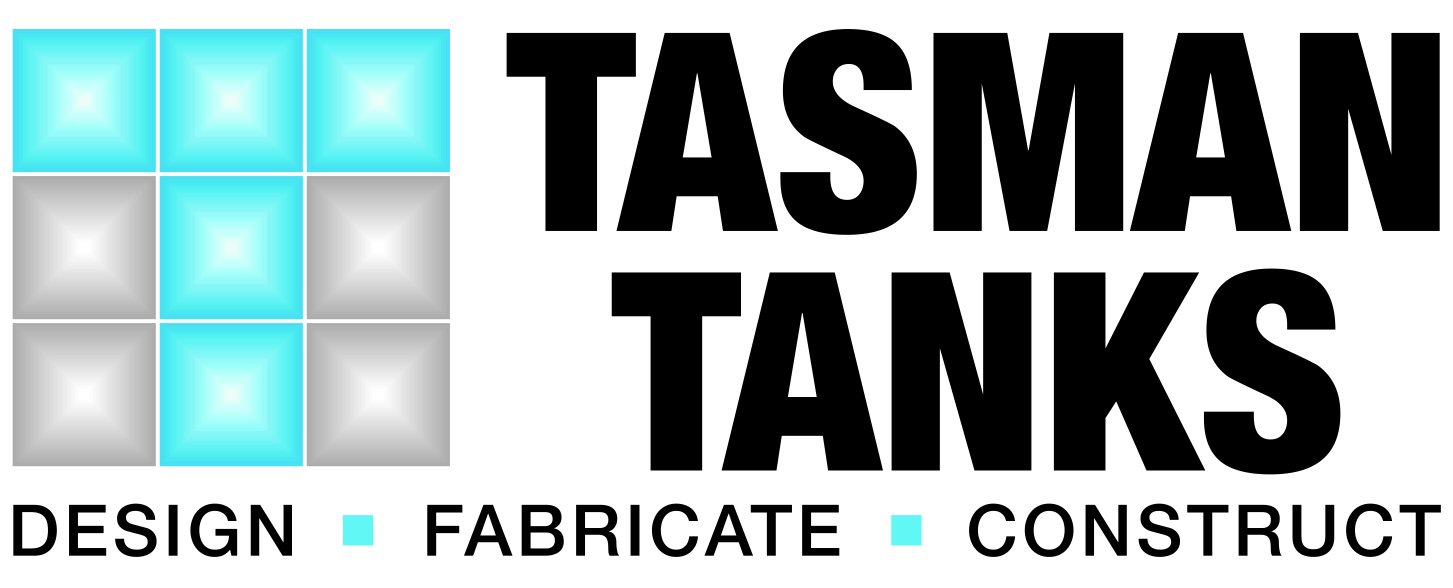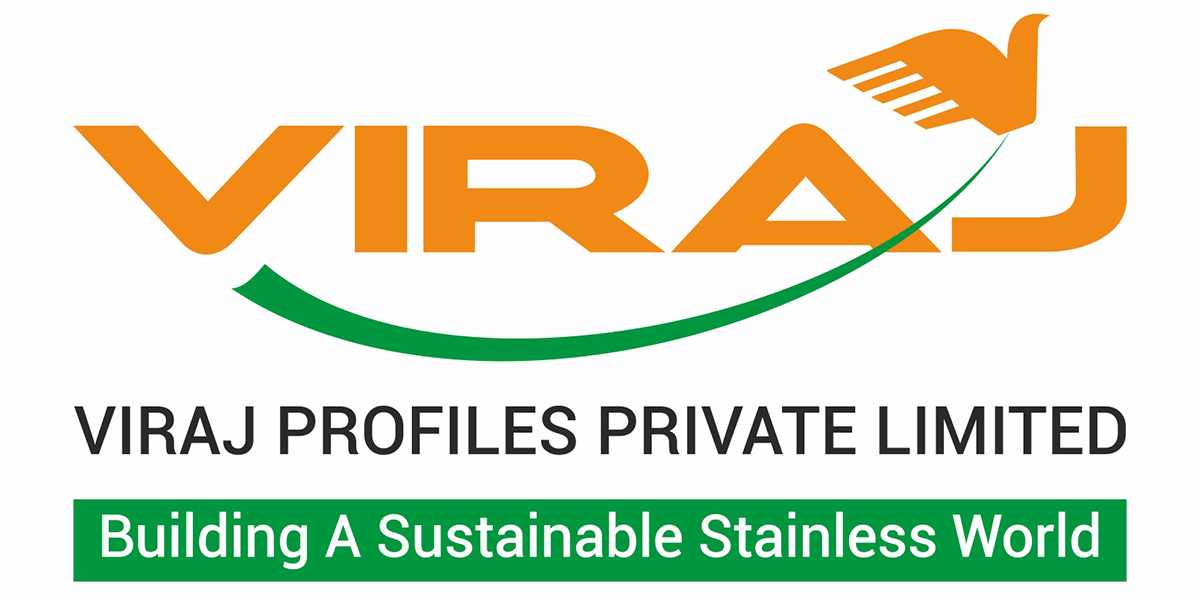
Connections are vital
Any visit to a dairy, beverage or food processing plant will drive home the critical importance of the connections between the tanks, mixers, driers, pumps, etc. The image above (courtesy of TFG Group) showing an image of a brewery is a typical example. These tubes and/or pipes carry the process materials, the heating or cooling or wash water, gases, and also dispose of the wastes.
Getting the right standard
Except for high pressure or very aggressive environments, most tube is rolled into shape and welded longitudinally. For mechanical or structural service such as columns or handrails, the weld must penetrate and be sound although to perform its mechanical function, it may not need to provide a seal. This is reflected in the basic test requirements of standards such as ASTM A554 ‘Welded Stainless Steel Mechanical Tubing’ and is a reason why it is cheaper and is sometimes used, in error, for fluid transport. Despite these restricted requirements, the external finish is often critical for aesthetic reasons as seen on the handrails in the figure on the right.
Verification of leak tightness is the reason why tubing standards for carriage of fluids, e.g. AS 1528.1 or ASTM A269 or ASTM A270, all include either hydrostatic or 100% eddy current testing. Section 8.4 of the ASSDA Reference Manual summarises the test requirements of the plethora of tubing (and piping) standards commonly used in Australia. However, the food and sanitary industries also require surfaces that are readily cleanable. Hence, in addition to a lack of leaks, there are also requirements on the profile of the weld bead in the tubing, potential crevices in fittings and the surface finish of product contact areas.
System design and installation
Quite apart from the manufactured components, the system design must include adequate slope for self draining (including across welded joins), simple cleaning procedures, velocities above ~0.5m/sec for low solids streams, at least double that for high solids content and avoidance of design features permitting stagnant zones or dead legs. Excess velocity (at least below about 40m/second) is not a concern for stainless steel, although it may increase noise and pumping costs. These are matters for another place.
Material selection
There are quite complete sets of corrosion resistance data for single corrosives (and some mixtures) at a variety of temperatures and concentrations but they are usually for continuous exposure. For some acidic, hot and salty fluids or slurries such as sauces, high alloy stainless steels or even nickel-based alloys may be required and such components are rarely “off-the-shelf”. However, for apparently aggressive fluids processed in batches, the intermediate cleaning will arrest the initiation of attack and restore the passive layer so that standard 316(L) material is usually adequate especially with the highly polished finish often used to enable cleanability. One operational issue is that cleaning chemicals can be quite aggressive and the procedures must ensure that residues from cleaning do not remain and are not able to be concentrated and cause corrosion or hygienic issues.
Food tube and fittings – AS 1528
The weld bead is a potential source of crevices and for food tube, its effect must be removed without causing additional surface defects. AS 1528.1 requires the weld bead to smoothly blend without harmful markings. It also sets a nominal surface roughness (0.3 μm Ra) for the rest of the interior by requiring the use of fixed (1.6mm) thickness 2B material. ASTM A270 ‘Seamless and Welded Austenitic and Ferritic/Austenitic Stainless Steel Sanitary Tubing’ assumes a sophisticated specifier as it lists a mill finish as well as multiple alternative mechanical or other finishing techniques. Acceptance of minor surface imperfections is by agreement. The specifier may require a surface roughness (Ra) limit – which, of course, would override a grit size specification.
The manufacturing tests (eddy current or hydrotesting) ensure that food tube will hold pressure. For the essential quality assurance purposes, AS1528.1 requires line marking of tube. Finally, food grade tube requires a complementary set of fittings that will fit together. The AS 1528 suite achieves this with screwed couplings (Part 2), butt welding fittings (Part 3) and clamp liners with gaskets (Part 4). Aesthetics may be important and is in the hands of the specifier as the exterior of AS1528.1 tube may be as-produced or “buff polished as agreed”, i.e. polished with grit of a specified size.
The AS 1528 suite started life in 1960 as AS N32, was split into four parts in the mid 1970s and completely revised by an ASSDA driven working group to its present form in 2001. It has been widely accepted especially since the 2006 publication by ASSDA of what is now the Food Code of Practice for the fabrication and installation of stainless steel process plant and equipment in the food and beverage industries. The New Zealand dairy industry has effectively adopted the AS 1528 requirements for dairy tube and fittings. Multiple overseas suppliers provide tube to the AS 1528 specification.
Food and beverage manufacture is obviously worldwide and this has resulted in national, regional and international standards which are different and locally focused. The sizes of the ISO alternatives (ISO 2037, 2851 – 3) are quite different. The European standard (EN 10357- which supersedes BS4825.1 and DIN 11850) covers similar tube but does not cover the range of sizes commonly used in Australia. The British Standard products (BS 4825) are similar in sizes to the AS 1528, but with a restricted range. The American 3A products also cover a restricted range.
“As a result, ASSDA is spearheading an industry effort to revise the 15-year-old suite of AS 1528 standards”.
What is in need of review?
There are a number of typographical errors and inconsistencies between the parts, there are only some pressure ratings and the listing of fittings requires some revisions. The tolerance on the tube wall thickness has been narrow and one sided since inception and while the standard allows modification by agreement, the current wall thickness requirement will be reviewed. Other issues for discussion will be the addition of larger sizes and assessment of differences for internal finishes between parts of the suite. And finally, it is intended that AS 1528 will be converted to a joint Australian and New Zealand standard to formalise New Zealand’s use.
If users of the AS1528 suite of standards have any suggestions for changes or improvements to the standards, ASSDA would welcome your emailed comments to
Acknowledgements
This article has drawn heavily on documents produced by the ASSDA/NZSSDA working group dealing with the proposed revision of AS 1528 and in particular Peter Moore from Atlas Steels, Kim Burton from Prochem Pipeline Products and Russell Thorburn from Steel and Tube in New Zealand.
This article is featured in Australian Stainless Issue 56 (Winter 2016).














